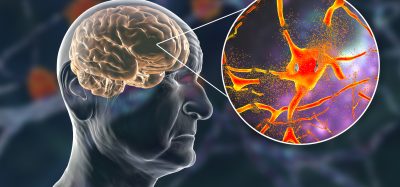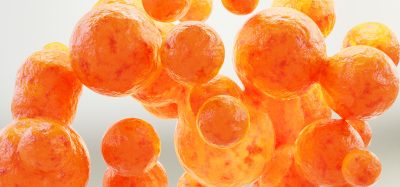Quantifying method developed to improve neurodegeneration studies
Posted: 18 August 2021 | Anna Begley (Drug Target Review) | No comments yet
Researchers have created a new method to quantify protein droplets involved in neurodegenerative diseases, enhancing the study of treatments.


A new method has been developed by researchers at Rutgers University, US, to quantify protein droplets involved in neurodegenerative diseases. The novel technique may help scientists study the mechanisms of these disease and enhance the development of drug treatments.
The Rutgers-led team studied biomolecular condensates and RNA inside cells in a process similar to how oil forms droplets in water. The material properties of these protein droplets are important because they play pivotal roles in neurodegenerative diseases such as amyotrophic lateral sclerosis (ALS) and Alzheimer’s and Parkinson’s diseases. It is thought that liquid droplets of certain proteins can change to clogs, or aggregates of molecules, which are hallmarks of these diseases.
Currently, there are no well-established methods to quantify the material properties of these protein droplets as they are very small at around a trillionth of the volume of a rain drop. The researchers thus developed a simple method to measure the material properties of protein droplets by observing how a droplet moves in and out of the tip of a micropipette.
The team investigated droplets of common liquids such as oil and water. Extreme pressure was needed to move them into a micropipette in order to overcome the high surface tension of these liquids in such a narrow passage. Once that tension was overcome, oil and water droplets moved too quickly to be captured on camera due to their low viscosity. The researchers found, however, that protein droplets had just the right surface tension and viscosity to be studied quantitatively using a micropipette.
“The fact that we can apply the micropipette technique to accurately measure biomolecular condensates highlights a major difference between protein droplets and common liquids: the surface tension of protein droplets are thousands of times lower, while their viscosity are thousands of times higher than those of oil or water,” said senior author Zheng Shi. “We can now finally study in a quantitative manner how material properties of protein droplets change during neurodegeneration.”
The team hope their method will improve the field of neurodegenerative disease study. “We anticipate this technique will be widely applicable and resolve several limitations regarding current approaches,” added Shi. “It will open doors for unravelling the mechanisms as well as facilitating therapeutic advances in the treatment of these diseases.”
The study was published in Biophysical Reports.
Related topics
Analytical Techniques, Assays, In Vitro, Lipids, Neurosciences, RNAs, Target Molecule
Related conditions
Alzheimer's disease (AD), Amyotrophic Lateral Sclerosis (ALS), Parkinson's disease (PD)
Related organisations
Rutgers University
Related people
Zheng Shi








